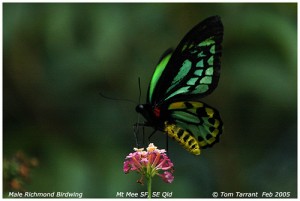The power and the passion of Midnight Oil still burns
I’m at home and listening to 10, 9, 8, 7, 6, 5, 4, 3, 2, 1; Midnight Oil’s apocalypse-themed fourth album. Fucking loud – there was never any other way to listen to them, really. I haven’t listened to the Oils for maybe 10 years, though, because I haven’t needed to. They’ve always been there. I’ve just caught myself singing quietly along to the opening track Outside World as I’m writing: every lyric is embedded in my skull.
Now it’s Only The Strong. “Speak to me, speak to me / I’m at the edge of myself / I’m dying to talk.” Midnight Oil were a deeply political band, but earlier in their career they could do post-punk existential angst with the best of them. They were everything you remember them to be, but also more than maybe you’ve forgotten, or perhaps ever realised.
To call Midnight Oil a pub rock band is, as Nick Kent once famously observed of Television, akin to calling Dostoevsky a short-story writer. They merely played in pubs before graduating to arenas and stadiums. Their closest peers were the Clash, Gang of Four, and early Elvis Costello; the Who their direct forebears. And they were genuine radicals.… Read more..
The power and the passion of Midnight Oil still burns Read More »
